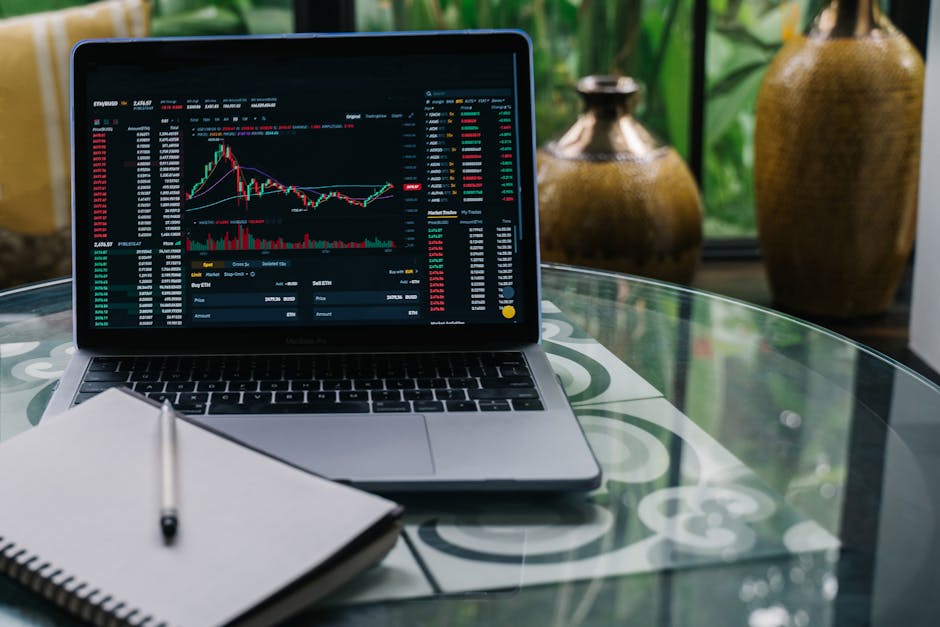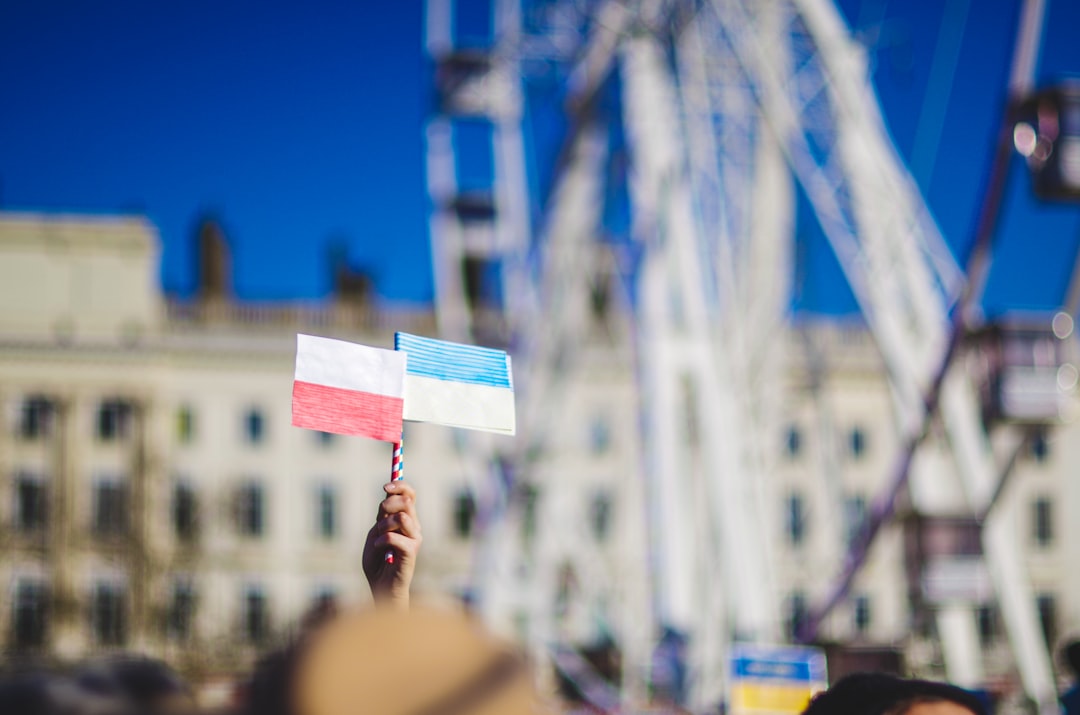Putin’s Crypto Stance: What It Means
If you’re trying to understand putin crypto, here’s the quick answer: Russian President Vladimir Putin has moved towards a regulated yet cautious accept of cryptocurrency. This includes legalizing crypto mining while ensuring strict regulations to prevent money laundering and limit energy consumption.
- Legal Mining: Only Russian entities and registered entrepreneurs can mine.
- Energy Limits: Crypto mining is closely controlled to prevent electricity shortages.
- Digital Ruble: Russia is exploring a government-backed digital currency.
Putin’s regulation aims to control the economic potential of cryptocurrencies while managing their risks.
As an expert on putin crypto, I’m John Creek, bringing you clear insights on the evolving landscape of digital currencies in Russia. With a background in breaking down complex crypto regulations and market dynamics, I’ll guide you through what Putin’s latest moves mean for the future of cryptocurrency.

Putin’s Evolving Perspective on Cryptocurrency
Early Skepticism and Concerns
Initially, Vladimir Putin was highly skeptical about cryptocurrencies. He saw them as tools for illegal activities and financial instability. The Russian central bank echoed these concerns, warning that digital currencies could be used for money laundering and terrorist financing.
Putin’s worries weren’t unfounded. Cryptocurrencies have been tied to various crimes, from drug trafficking to tax evasion. The instability of digital currencies also posed a risk to Russia’s economic stability. The central bank was particularly vocal about the potential for financial chaos, arguing that the unregulated nature of cryptocurrencies could lead to significant market disruptions.
Shift Towards Regulation and Legalization
Despite these concerns, Putin’s stance on cryptocurrencies has evolved. Recognizing their economic potential, he moved towards creating a legal framework to regulate and harness the benefits of digital currencies.
One of the key turning points was the legalization of cryptocurrency mining in Russia. The new law, signed by Putin, allows only Russian legal entities and registered entrepreneurs to mine digital currencies. This regulation aims to control the economic potential of cryptocurrencies while minimizing risks like energy consumption and financial instability.
The legal framework also includes measures to prevent the use of digital currencies for money laundering. These steps are crucial for integrating cryptocurrencies into Russia’s economy while maintaining financial stability.
In addition, Putin has acknowledged the need for infrastructure development to support the growing crypto market. This includes creating secure systems for digital transactions and ensuring compliance with international standards.
By shifting towards regulation and legalization, Putin aims to balance the economic benefits of cryptocurrencies with the need for financial stability and security. This approach not only opens up new economic opportunities but also addresses the central bank’s concerns about instability and crime.

Next, we’ll dive into the specifics of the new law on crypto mining and its economic implications.
The Legalization of Crypto Mining in Russia
Key Provisions of the New Law
Russian President Vladimir Putin recently signed a law that legalizes cryptocurrency mining in Russia. This law introduces several important concepts, including:
- Digital currency mining: Recognized as a legitimate activity.
- Mining pools: Groups of miners working together.
- Mining infrastructure operators: Entities managing mining operations.
Only Russian legal entities and individual entrepreneurs registered with the government can engage in mining. However, individual miners can participate without registration if their energy consumption stays within government-set limits. This ensures that mining activities are controlled and monitored.
Additionally, the law allows the trading of foreign digital financial assets on Russian blockchain platforms. However, the Bank of Russia can ban certain assets if they threaten the country’s financial stability.
Economic and Regulatory Impact
The new law has significant economic implications. By regulating crypto mining, Russia aims to harness its economic potential while maintaining financial stability.
-
Financial Stability: The Bank of Russia has the authority to ban digital assets that could threaten the country’s financial stability. This ensures that the burgeoning crypto market doesn’t destabilize the broader economy.
-
Foreign Digital Assets: The law permits trading foreign digital financial assets on Russian platforms. This opens up new economic opportunities and expands Russia’s role in the global crypto market.
-
Energy Consumption Limits: To prevent electricity disruptions, the law sets energy consumption limits for individual miners. This is crucial given the massive energy demands of crypto mining. Russia ranks third globally in mining capabilities, and unchecked mining could strain the energy grid.
-
Economic Development: Putin emphasized the potential of digital currencies to contribute to Russia’s economic development. By legalizing and regulating mining, Russia can attract investment and foster innovation in the crypto space.
In summary, the new law aims to balance economic growth with financial stability and energy management. This approach positions Russia to take advantage of the crypto market while mitigating associated risks.
Next, we’ll explore the future of cryptocurrency in Russia, including the digital ruble initiative and its international and domestic implications.
The Future of Cryptocurrency in Russia
The Digital Ruble Initiative
Russia has taken a bold step with the Digital Ruble, a central bank digital currency (CBDC) backed by the government. Unlike cryptocurrencies like Bitcoin, the Digital Ruble is centralized and issued by Russia’s Central Bank. This makes it an official currency, just in digital form.
The Digital Ruble was launched in August 2023 with a limited rollout to 13 banks and select clients. Its value is pegged 1:1 to the regular ruble, ensuring stability. This initiative aims to modernize Russia’s financial infrastructure and make transactions more efficient.
Why the Digital Ruble?
- Economic Infrastructure: The Digital Ruble is designed to streamline financial operations and increase efficiency.
- Government Control: It helps the government maintain control over the currency, unlike decentralized cryptocurrencies.
- Sanctions Bypass: The encrypted nature of blockchain transactions makes it easier to discreetly transfer money, potentially bypassing international sanctions.
International and Domestic Implications
The introduction of the Digital Ruble and other crypto regulations in Russia has far-reaching consequences, both internationally and domestically.
Sanctions Bypass and International Payments
Russia is exploring the use of cryptocurrencies for international payments to maintain trade flows with countries like China, India, and Turkey. This is crucial given the delays in transactions caused by sanctions from Western regulators. The new legislation, expected to be reviewed by parliament, will allow crypto transactions for international payments.
Countries like Venezuela already use cryptocurrencies to bypass sanctions, and Russia might follow suit. However, this raises concerns among U.S. lawmakers about the potential for misuse.
Military Donations and Security Concerns
Cryptocurrency has been used to make donations to Russian military units, especially in conflict zones like Ukraine. Last year, these units received over $1.8 million in crypto donations. This raises security concerns and highlights the need for strict regulation.
Electricity Disruptions
Crypto mining is energy-intensive, and Russia is no exception. President Putin has warned that if crypto mining farms continue to consume large amounts of electricity, new enterprises and residential districts could face shortages. Recently, a glitch at the Rostov nuclear power plant forced electricity cutoffs in several regions, underscoring the urgency of this issue.
To mitigate these risks, the new law includes provisions for regulating electricity tariffs and taxation for mining farms. This aims to balance the benefits of crypto mining with the need for stable energy supplies.
Next, we’ll dig into the broader implications of these developments and what they mean for the future of cryptocurrency in Russia.
Conclusion
At CoinBuzzFeed, we believe that understanding the full scope of Putin’s crypto stance is crucial for anyone involved in the cryptocurrency market.
Timely decisions are imperative in this fast-evolving landscape. Putin’s move to legalize crypto mining in Russia demonstrates a significant shift from initial skepticism to a more structured and regulated approach. This regulatory framework aims to harness the economic potential of cryptocurrencies while addressing concerns like energy consumption and financial stability.
Comprehensive regulation is key to balancing innovation and security. Putin’s administration has shown that they are willing to adapt and implement laws that not only support economic development but also mitigate risks associated with digital assets. This includes everything from setting energy consumption limits to preventing money laundering through cryptocurrencies.
As Russia steers these changes, it will be interesting to see how the new laws impact both the domestic and international cryptocurrency landscape. For more detailed insights and updates, visit our crypto mining page on CoinBuzzFeed and explore our external resources.
By staying informed and understanding these regulatory shifts, we can better steer the dynamic world of cryptocurrency and make more informed decisions.

